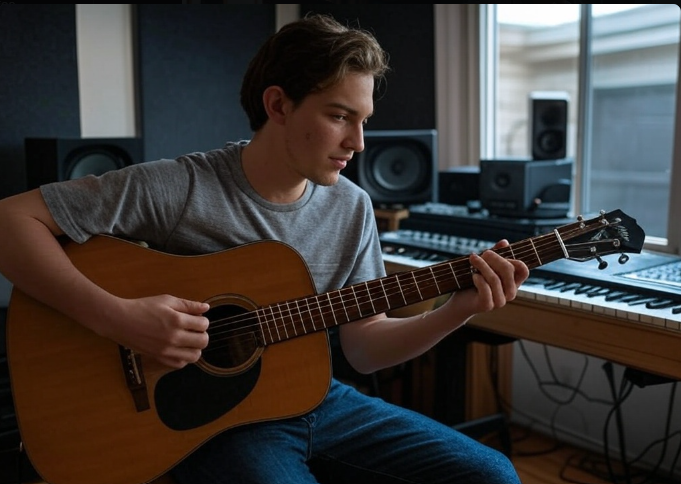Setting up a home studio can feel overwhelming at first, but it’s a natural move for anyone diving into music production. The truth is, no one ever really “finishes” their studio. It’s more of an ongoing process. Home studios usually fall into two categories: the kind that gradually evolve and expand, and the kind that keep getting torn down and rebuilt from scratch. So before you start buying gear or rearranging furniture, pause and ask yourself the one question that really matters: what exactly do you want to create in this space?
Start with a budget plan
Before diving into purchases, it’s important to map out how much you’re willing to spend. A studio is made up of many parts, and no single item will magically make your recordings professional. Whether you’re working with a limited budget or going all-in, the best approach is to be intentional with your choices. Decide what matters most to you. Are these DJ tables, a MIDI keyboard, or something else? Let your budget guide the rest.
Get a reliable computer
The computer is the engine that powers your entire studio. Every sound you record, edit, or produce runs through it. Choose a machine with solid performance. Think about multi-core processing, a decent chunk of RAM, and a fast internal drive. Solid-state storage is ideal, as it’s faster and more durable than traditional hard drives. Also, make sure the computer has enough ports for your essential gear like audio interfaces, monitors, external drives, MIDI controllers and even an alphatheta. Investing in a slightly more powerful setup than you think you need can help future-proof your workflow.
Pick the right music software (DAW)
Your Digital Audio Workstation (DAW) is the software where you’ll compose, record, and mix music. While each DAW has its strengths, none of them will automatically make your music sound better than the others. Choose one that fits your workflow, and spend time getting to know it well.
Choose monitor speakers you can trust
Studio monitors are your window into your sound. They help you make mixing decisions and shape your music. For your first setup, it’s often better to invest more in your speakers than in other gear like microphones or plugins. What matters most is that your monitors give you a clear, honest representation of your sound, and that you spend enough time with them to learn how they respond.
Don’t skip acoustic treatment
The room you work in has a huge impact on how your speakers sound. Proper acoustic treatment, not to be confused with soundproofing, helps control reflections, reduce muddiness, and give you a more accurate listening environment. Focus on addressing problem areas, particularly in the low-end. DIY panels using dense materials can be a cost-effective solution. If your room still isn’t ideal, room correction software can help flatten out the sound further.
Use headphones for precision and isolation
Even with great speakers, headphones are essential. They let you check your mixes in detail and are especially useful when recording with microphones to avoid audio bleed. Open-back headphones are great for critical listening, while closed-back options are better suited for tracking.
Select an audio interface that matches your needs
An audio interface connects your computer to your mics, instruments, and speakers. Look for one that provides the right number of inputs and outputs for your setup. If you’re only recording vocals, a basic model will do. If you’re working with multiple instruments or a full band, you’ll need more flexibility. Higher-end models may offer better sound quality, but don’t overspend if you’re still building your foundation.

